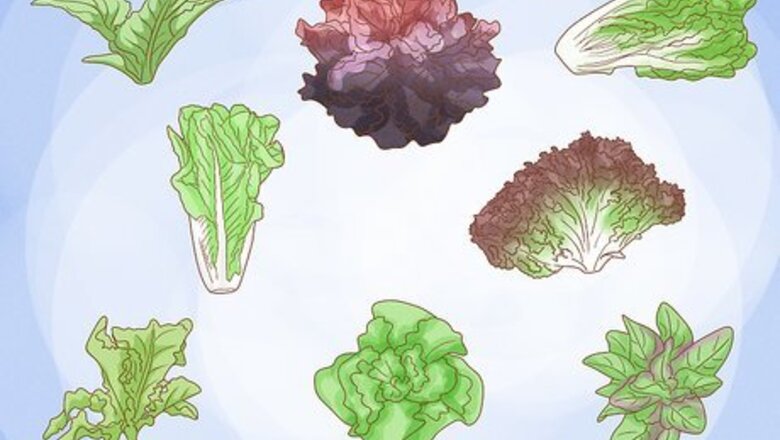
views
Planting Lettuce Indoors
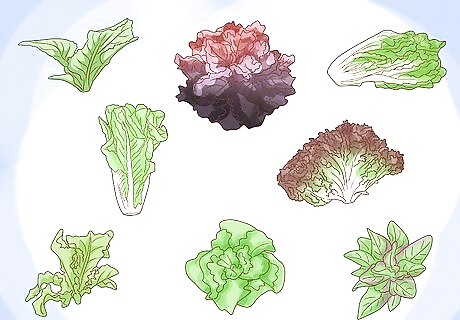
Choose a lettuce variety that thrives indoors. Although most lettuce plants can stay healthy indoors, you'll have better success with some varieties over others. Buy any of these lettuce varieties, which are known for growing well inside, from a garden center or plant nursery: Garden Babies Merlot Baby Oakleaf Salad Bowl Lollo Rosa Black-Seeded Simpson Tom Thumb Red Deer Tongue
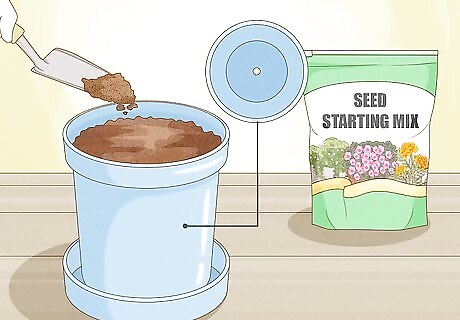
Fill a pot with a seed starting soil mix. Seed starting mixes are lightweight, they help your plants’ roots grow, and they're well-draining to prevent overwatering. If you cannot find a seed starting mix, you can also create a soil made from equal parts peat moss or coir, vermiculite, and sand. Each lettuce plant requires 4–6 in (10–15 cm) of space and a depth of about 8 inches (20 cm). Choose a pot that can accommodate these measurements. Purchase pots with drainage holes on the bottom. Place a saucer underneath the pot to catch draining water. You can buy seed starting soil mixes from most plant nurseries or garden centers.

Plant your seeds approximately 1 in (2.5 cm) apart. Dig a ⁄4–⁄6 in (0.64–0.42 cm) deep hole and place your seeds inside at about 1 in (2.5 cm) apart. Limit your seeds to 4 per pot to avoid overcrowding the lettuce as it grows. If you want to plant more than 4 seeds, prepare several pots ahead of time.

Sprinkle your seeds lightly with potting soil and water. Take a handful of potting soil and gently sprinkle it over the newly-planted seeds. Fill a spray bottle with water and gently mist the seeds to avoid washing them away.

Plant lettuce seedlings if you don't want to wait for seeds to sprout. If you don't want to wait for seeds to sprout, you can plant lettuce seedlings instead. Use the same technique as you would for lettuce seedlings, planting no more than 4 per pot. You can buy lettuce seedlings at many plant nurseries or garden centers
Caring for Indoor Lettuce Plants
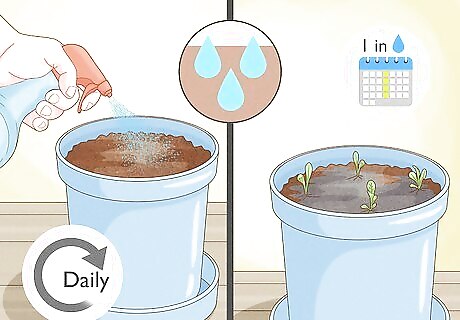
Mist your seeds daily until they sprout into seedlings. When they sprout, give your lettuce at least 1 in (2.5 cm) of water per week. Poke your finger in the soil once or twice a day and water your lettuce whenever the soil feels dry. The soil should be moist but not waterlogged. Another way to test the moisture level of soil is lifting up the pot. If it feels heavy, the soil is saturated with water.
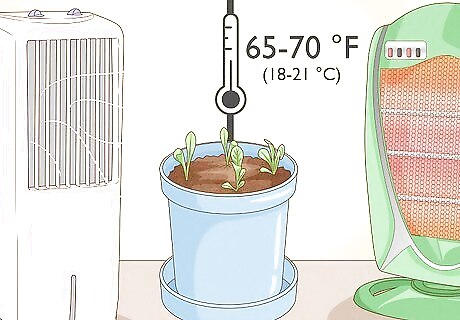
Grow your lettuce in room temperature conditions. Lettuce grows best at temperatures around 65–70 °F (18–21 °C). Turn on the air conditioner or heater as needed to keep your plants at an even, sustainable temperature. If the weather is warm or cool enough outside, you can move your plants outdoors periodically to get fresh air.
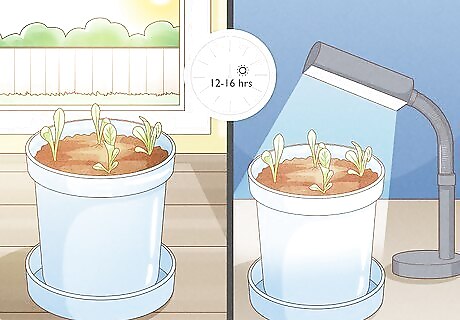
Place your lettuce plant near a sunny window or a fluorescent grow light. Lettuce plants grow best with direct sunlight. If you're in a climate with very little sun, purchase a grow light from a plant nursery and position it about 12 inches (30 cm) overhead. Lettuce plants need at least 12 hours of direct sunlight a day, with 14-16 hours the preferred amount. Keep in mind that plants grown under a grow light generally need more time under the light than they would with natural sunlight. Aim closer to 14-16 hours instead of 12+ hours if you're using a grow light.
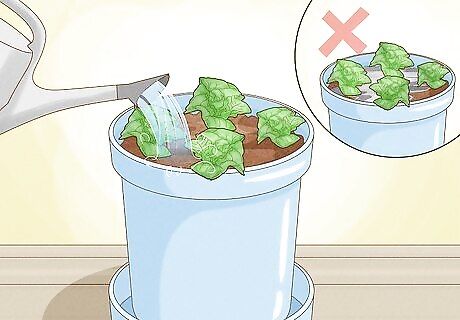
Water your lettuce whenever the leaves wilt. Lettuce plant leaves visibly wilt when they are thirsty. If your plant's leaves droop, water the lettuce until its soil is moist, but not soaking wet or waterlogged. The hotter the temperatures, the more often you will need to water your lettuce
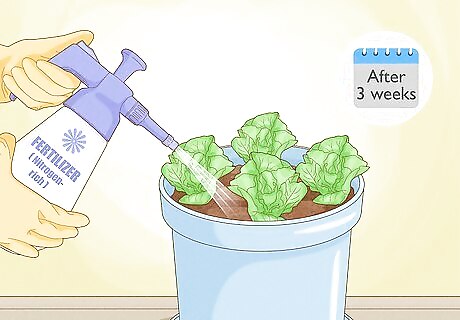
Fertilize your lettuce 3 weeks after planting it. Lettuce needs nitrogen-rich soil to grow, so spray a liquid fertilizer on the plant 3 weeks after you planted it, or when the first leaves grow on the plant. Spray the fertilizer mainly near the soil, avoiding the lettuce leaves to prevent burning them. Use a liquid fertilizer. Granular fertilizers need to be mixed into the soil. Organic alfalfa meal or a nitrogen-rich, slow-release fertilizer both work well with lettuce. You can also use fish or seaweed emulsion fertilizers but they can emit a strong odor and are less recommended for indoor lettuce plants.
Harvesting Lettuce Plants
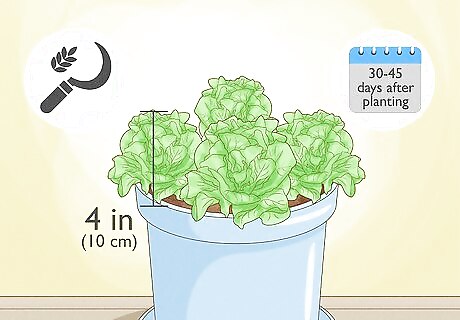
Begin harvesting your lettuce 30-45 days after planting. On average, lettuce takes about 30-45 days after you plant the seeds to mature. Make a note on your calendar to begin harvesting after about 30 days has passed. Indoor lettuce plants grow and mature continually, so you can continue harvesting your plant after you've picked it for the first time. Mature indoor lettuce usually grows to about 4 inches (10 cm) tall. See How to Harvest Romaine Lettuce for specific instructions relating to this type of lettuce.
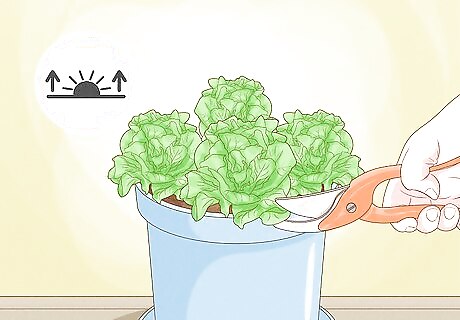
Harvest your lettuce in the morning. Morning is when your plant's most hydrated and at its strongest. If possible, harvest your plant before the late morning or afternoon to attain a healthier yield. If you can't harvest in the morning, avoid mid-to-late afternoon, which is when your plant's least hydrated.
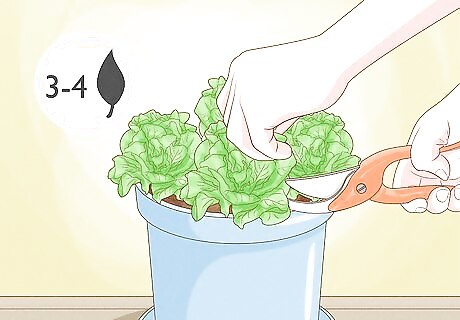
Cut off the outer leaves. Do not harvest your indoor lettuce plant all at once. As long as you continue taking care of it, you can harvest it for several months. Cut 3-4 of the outer leaves at a time with garden shears or scissors, leaving the rest of the plant to heal and grow back later on. Avoid picking the lettuce's crown or center. Limit yourself to the outer leaves to boost its overall harvesting yield.

Refrigerate your lettuce for 5-8 days after harvesting. Depending on the variety, lettuce can last anywhere between 3-10 days in the refrigerator. Check how long your specific variety lasts for and, after placing the lettuce in the fridge, plan to use it by its expiration date. If you don't think you'll use your lettuce in 5-8 days, wait a few days before harvesting your plant.

Harvest your lettuce again in about 2 weeks. Your plant requires about 2 weeks to heal and grow more leaves before it is ready to harvest again. After your first time harvesting, wait 2 weeks in-between harvesting to keep your plant healthy and able to grow more leaves. Wait at least 2 weeks before harvesting young plants, which may take time to grow strong after being harvested. Sow additional seeds every 2 weeks to extend your harvest.















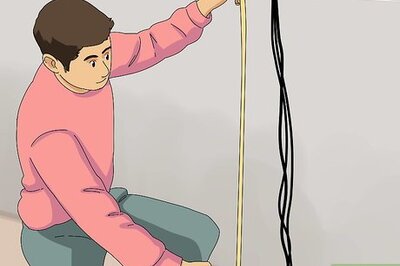
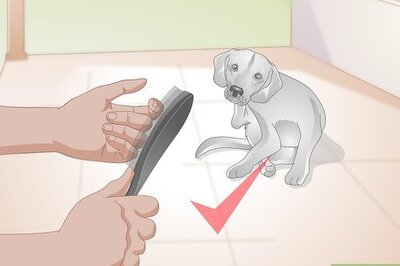
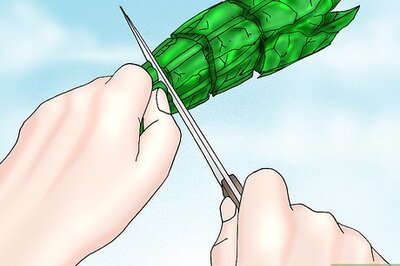

Comments
0 comment